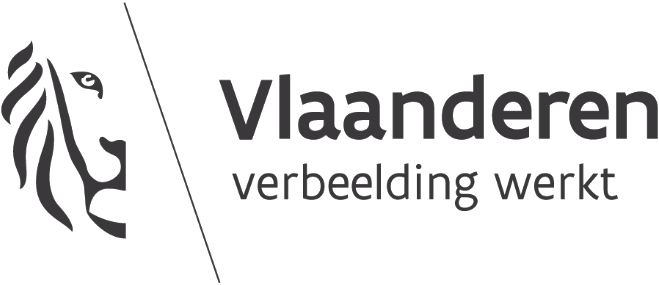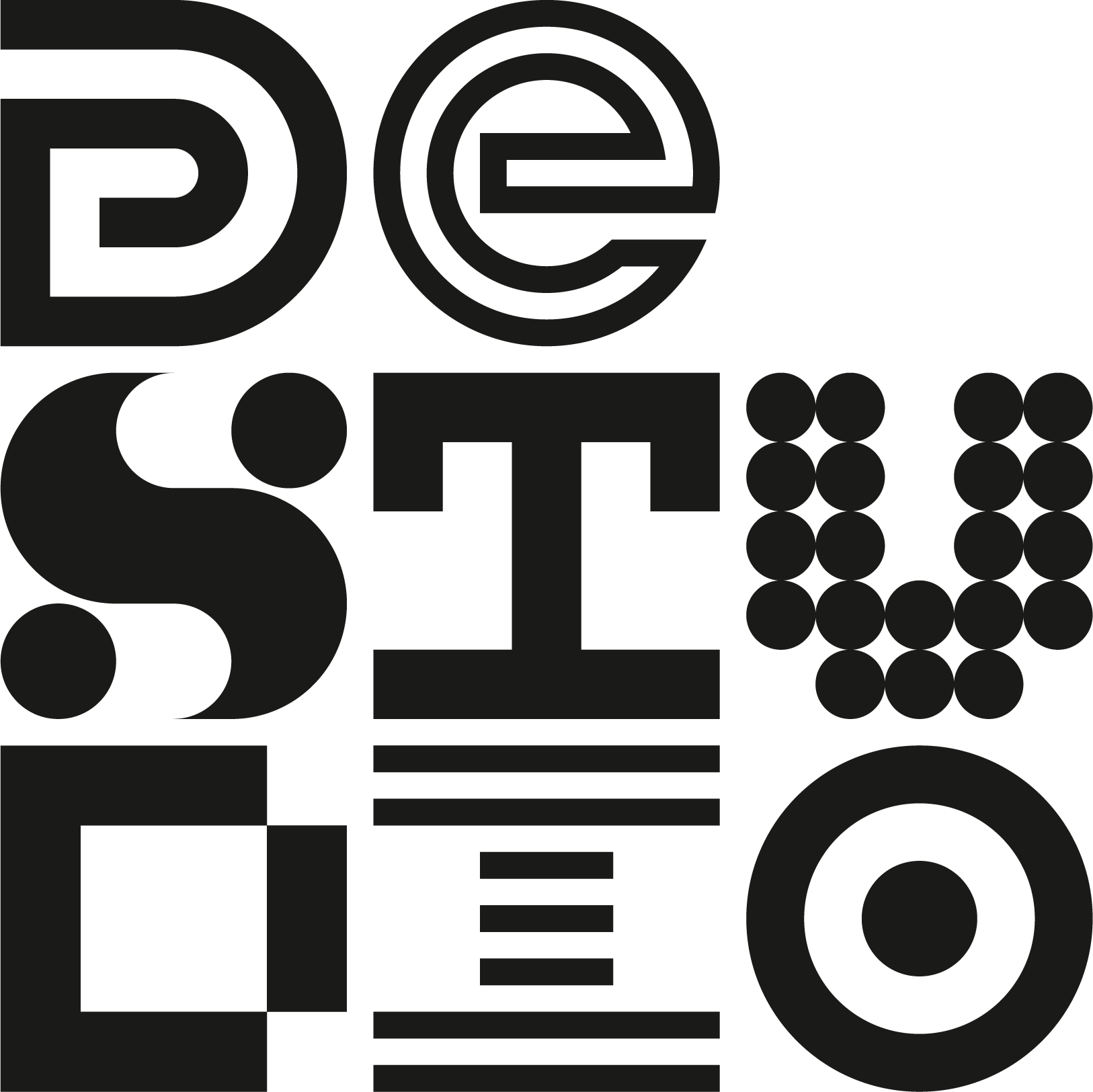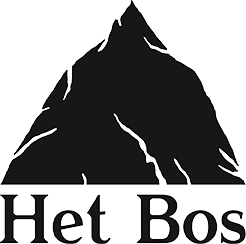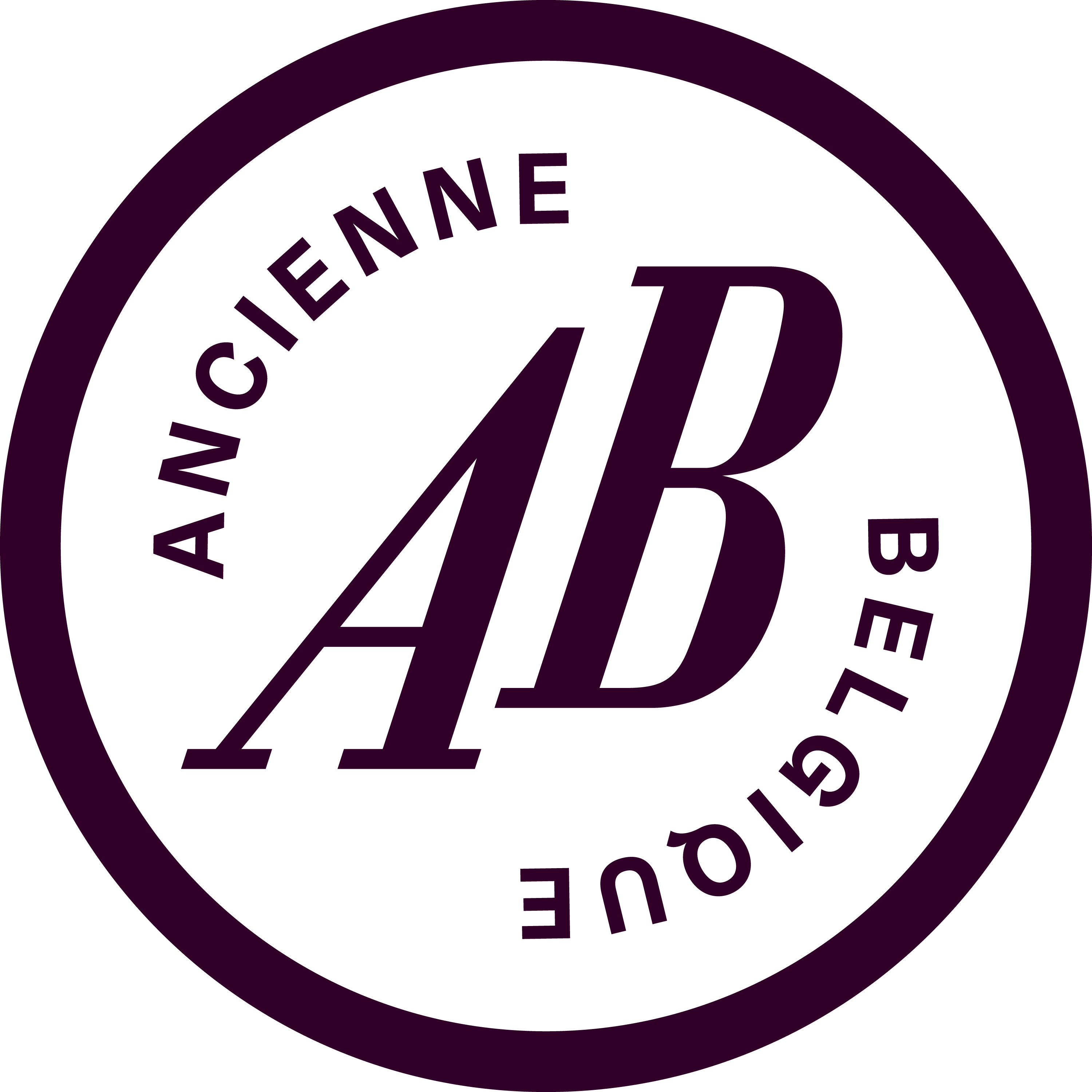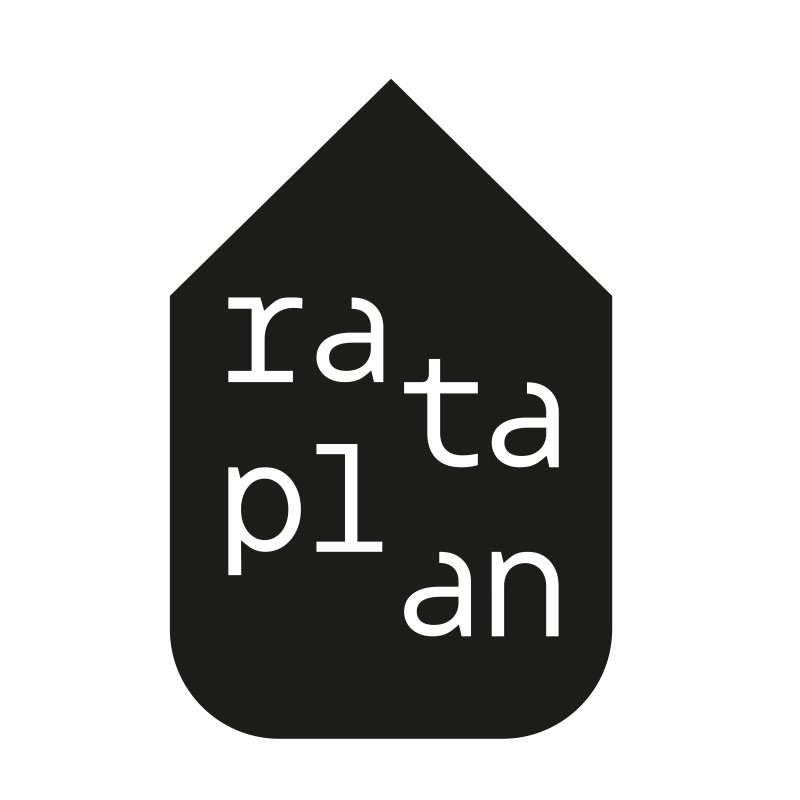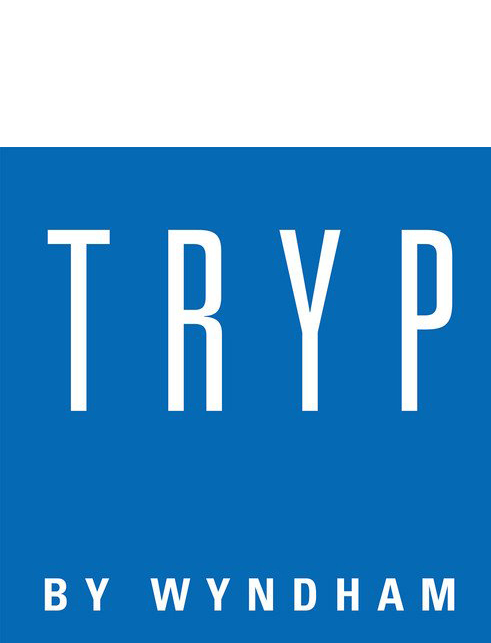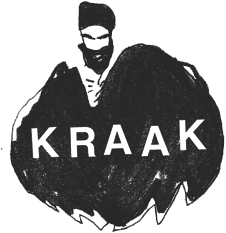HEAD to HEAD
Johan Berthling
‘Head to Head’ is a brand new series of interviews by Sound in Motion’s Joachim Ceulemans, talking in depth with artists appearing in the Oorstof concert series, the Visitations residencies, the Summer Bummer Festival or who have a release on the Dropa Disc label. These interviews will be used to promote the upcoming events and releases and who knows, maybe they will end up bundled and printed one day.
For the fourth interview in the series, Ceulemans talks to Swedish bassist Johan Berthling (1973) who was supposed to play twice at this year’s Summer Bummer Festival: with the trio Ghosted and as part Angles performing the world premier of The Death Of Kalypso. Due to an accident a few days prior to the festival, he was unable to play. Berthling is widely regarded as a powerhouse on his instrument, mainly as a result of his work with Akira Sakata and Paal Nilssen-Love (Arashi) and his longstanding association with Mats Gustafsson in Fire! and Fire! Orchestra. Yet the diversity of his work as a musician, improviser and composer goes well beyond that: he has been a core member of all the Angles configurations since the beginning, made more than a handful of heartwarming albums with the folky/experimental/pop trio Tape and is active in exciting ensembles like Tropiques (led by trumpeter Goran Kajfeš) and Nacka Forum.
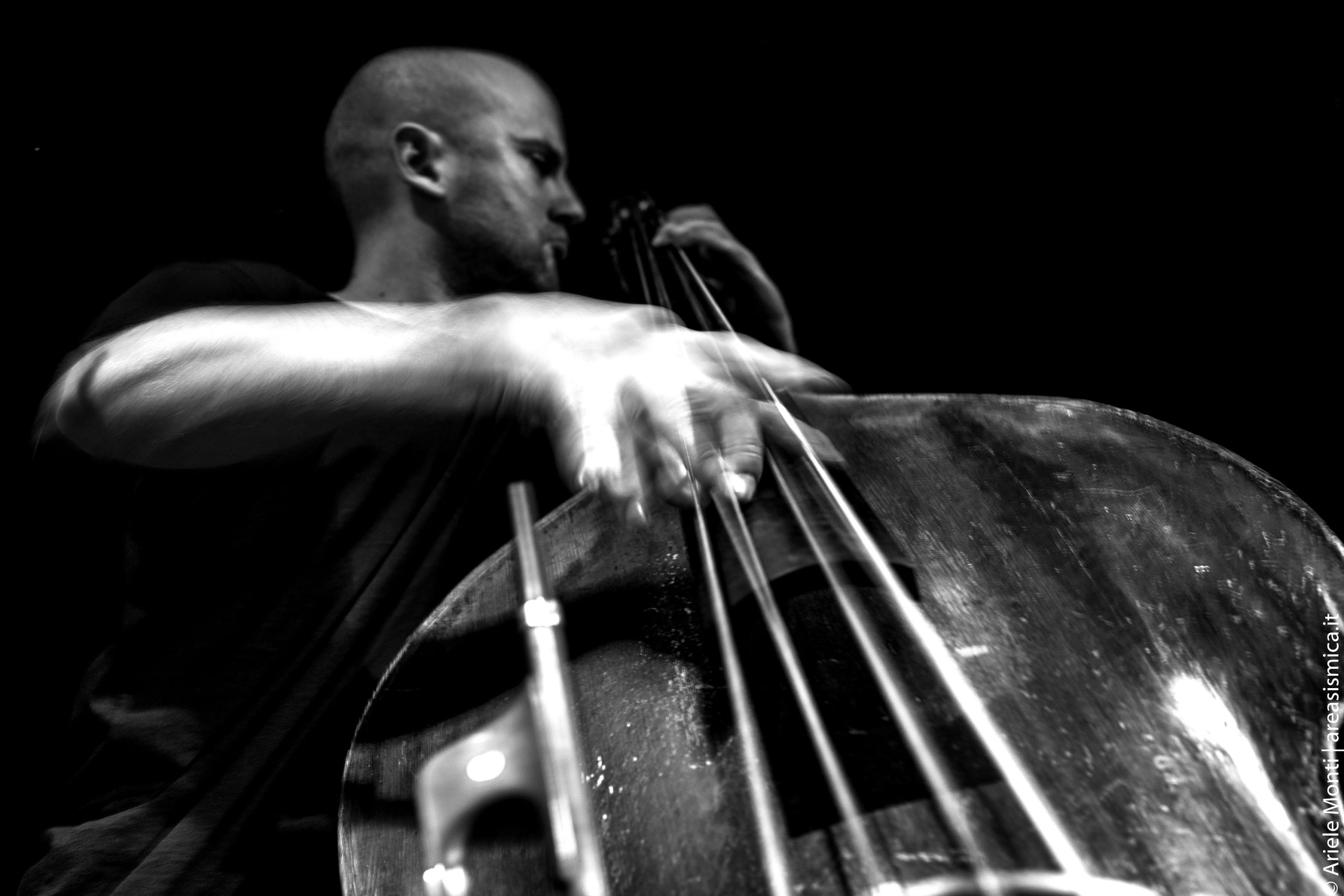
You’re playing Summer Bummer Festival with two bands this year: Martin Küchen’s Angles and Ghosted, a trio with Oren Ambarchi and Andreas Werliin. Last year, Drag City released the debut album of Ghosted, a studio session with a heavy focus on repetitive grooves. Did you go into the studio with that concept in mind?
Not really. That record has its roots in other records that me and Oren Ambarchi did, quite a long time ago. I think the first one was already in 2003 (My Days Are Darker Than Yours, Häpna, 2003), which is a very monotonous one. At that time Oren’s music was a lot more static than nowadays. In 2015 we did another record, the LP Tongue Tied, with lots of different instruments the two of us played, like drums, guitar, organ and bass. That record was mixed by Andreas Werliin. So the connection was already there. When Oren was in Stockholm for a solo show a few years ago, we invited him to do a recording as a trio. The music between us happened quite natural.
You’ve been touring with the trio in the first half of 2023. Has the music evolved since that initial recording? Or did this groove-based improvisation become the central concept?
The rhythmical ideas became the main focus for this project. There are several groups I play in where this type of music is involved. Take Fire! for instance, the trio Andreas and I play in with Mats Gustafsson. That music is also based on riffs and ostinato bass. With Ghosted, we only played a couple of shows before and maybe five or six festivals since last fall. The first concert was at Météo Festival in Mulhouse and for sure, the music has deepened in how we structure it. We play more or less the same pieces, but inside this framework, we’re kind of free to do what or stop whenever we want. We go on with some pieces for almost half an hour. We recently did a show in Stockholm with Christer Bothén, who is featured on the first track of the album. When we were recording the album, there was a track where we felt we needed something extra. Since Christer lives just a few minutes from the studio, we thought, well, why not ask Chris if he’s around. The short tour we recently did, we ended with a couple of days recording a new album. The music is going to move on. The first album was recorded before the pandemic and was shelved for a while, so we have to make up for lost time.
You mentioned earlier that several bands you are in feature repetition, like patterns, grooves etc. Fire! is a clear example of that, but also in Tape you use those returning patterns in loose song structures. Would you say that this is typical of your music? Because most people tend to see you as an improviser and these things are less associated with improvisation.
I have several sides (laughs). Repetition has been with me since the early years. I think from when I was around sixteen and we started a band. At that time we were listening a lot to Spacemen 3, you know that band?
Yes, the guitarist played at Summer Bummer a few years ago with Steve Noble, Pat Thomas and others. What’s his name again?
Jason Pierce! It’s nice to hear he also played the festival. Next to Spacemen 3, we listened to groups like Loop, with Robert Hampson. Those are all bands with one chord constructions and a lot of repetition. So I’ve been listening to that kind of music for a long time and I think especially with Fire! it’s been a very important building block. The repetitions of bass notes, the friction with the free improvised parts and a song structure on top of it is what makes the music come alive, also in Fire! Orchestra.
What was your trajectory as a musician? When I look at your discography, the first recordings you play on are collaborations with people like Raymond Strid, Christer Bothén and Sten Sandell. That’s playing at a high level from the very beginning. Were you already into free jazz and free improvisation early on?
Yeah, I had the really lucky situation where I went to the conservatory for two years and already then I met people like Mats Gustafsson and Raymond Strid. Also, the climate in Stockholm was very welcoming at the time. There have been ups and downs with the free improvised scene in Sweden to be honest. I think then, maybe, there wasn’t so much interest in it and they probably thought “oh finally, a bass player!” At least that’s my theory. (laughs) But it was a dream to start off like that and to be playing that music. With all those people I met at that time I’ve played in bands for many years now. But to come back to your question about my trajectory, as a bass player I have done so much different stuff it’s insane. In the beginning I couldn’t just do the music I really wanted to do, so for instance I worked with a lot of different singers, which was fun and a very good school as well.
Stina Nordenstam is one of them if I’m not mistaken.
Yes, she’s fantastic. I played on her last record. You know it’s funny you mention her because every time someone from abroad sees who I’ve played with, it’s often her name that comes up. But here in Sweden she’s not as famous, so it’s a bit sad as well. She was fantastic to work with though. She hasn’t done anything since that recording.
I think in the last eight years, I’ve been able to do only the stuff I really wanted to do. So I consider myself really fortunate. And now, when people ask me for advice for the kids about what instrument they should play, I always say bass because then it might be possible to earn a living with it.
Is it that different from other types of instrumentalists?
There are so many guitar players or drummers, but bass players and especially double bass players… Not so many people continue with it, but there’s almost always some work for a bass player!
As a double bass player you can’t always take your own instrument on tour…
Yes, especially in recent years it’s been increasingly difficult. Ridiculous!
There’s the instrument, but there’s also the amplifier and the room that define your sound in a specific space. Do you have a method of controlling all these variables to get the sound you like?
I always have some tools with me. I have my own strings that I often change. At least the two top strings because they are the most essential. On my own bass I use gut strings. But I always have a couple of different strings depending on the instrument I’m playing that night. I also have a couple of different microphones because sometimes there’s not a good one present at the venue. Then there’s an EQ thing and a DI box which also improves the sound. Sometimes the mics are out of phase so you have to fix that. Sorry for the technicality!
Do you make the gut strings yourself?
No, why?
It just reminded me that one of the Belgian string players that will join you for the concert of Angles at Summer Bummer is bass player Nils Vermeulen and he makes his own gut strings.
Ah, I’ve heard of him. But I buy my gut strings from a guy in Minnesota. He makes them mostly for Baroque instruments.
Now that we’re on the subject of Angles, the second band you will be performing with at Summer Bummer, I’m curious to find out more about The Death Of Kalypso, the opera that will have its world premiere at the festival.
I might not be the right person for questions about this, but from my perspective I remember my initial amazement when we started to rehearse for the recordings of it. And I think it came out really fantastic in the end! I’ve been working with Martin Küchen for about twenty years or more, so it’s very nice that it puts the group Angles, that has worked together for a long time, in a totally new perspective. And besides, it’s really fun. It’s really, really fun!
The other main contributors of The Death Of Kalypso are Alexander Zethson (composition, string and wind arrangements) and Elle-Kari Sander (vocal arrangements) and you’ve worked with both in other contexts.
I’ve played with Elle-Kari in one of her bands, together with her former husband, who is a cello player. We did a couple of records together. Alexander is of course also in Fire! Orchestra and Tropiques.
You’ve played Summer Bummer Festival before – although it’s been a few years – with Martin Küchen and Steve Noble. Of course you’re no stranger in the Oorstof concert series by Sound in Motion. Just last April you spent a few days in Belgium and Holland with Arashi. What’s your perspective on Sound in Motion and the way they work with musicians?
It feels very welcoming to come here, Koen and Christel are great people. But the most important thing is that they really put artists in the center when it comes to hospitality and everything. As strange as it sounds, but that might not be the case with every organizer. I think the first time we worked together was with a show in Hasselt at Kunstencentrum België but I can’t remember with which band…
One of the Angles albums was recorded live in Hasselt. And Fire! probably played there as well.
Yes, probably. And I definitely also played there at the Kraak Festival with Tape. There might have been other bands, but I’m not sure. Things get lost! But with Sound in Motion, it’s obvious they really make an effort of listening to what’s going on. They take risks and book new stuff, while others tend to wait for years to see what this band or that project actually is. It’s so important to give new projects and bands a situation to test and that’s one of the things they provide.

